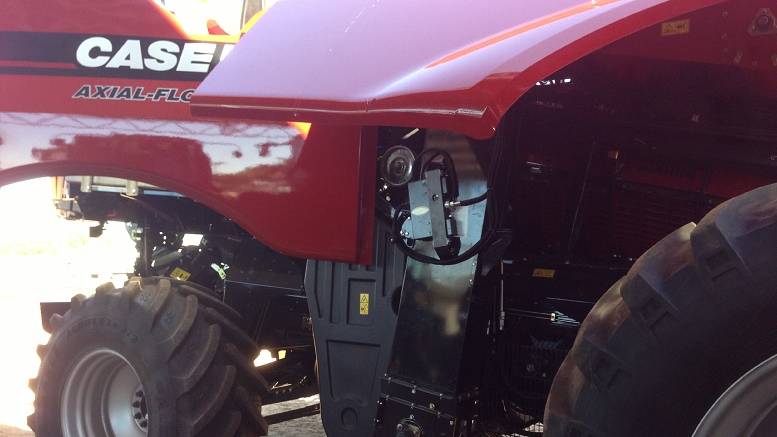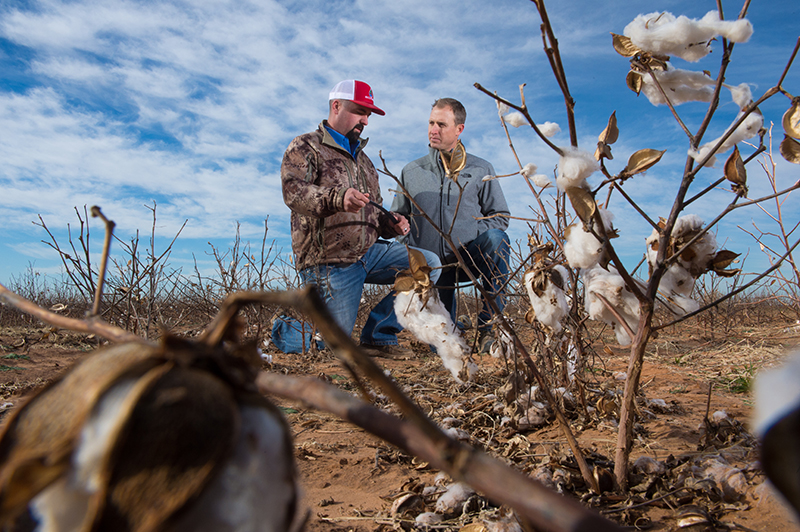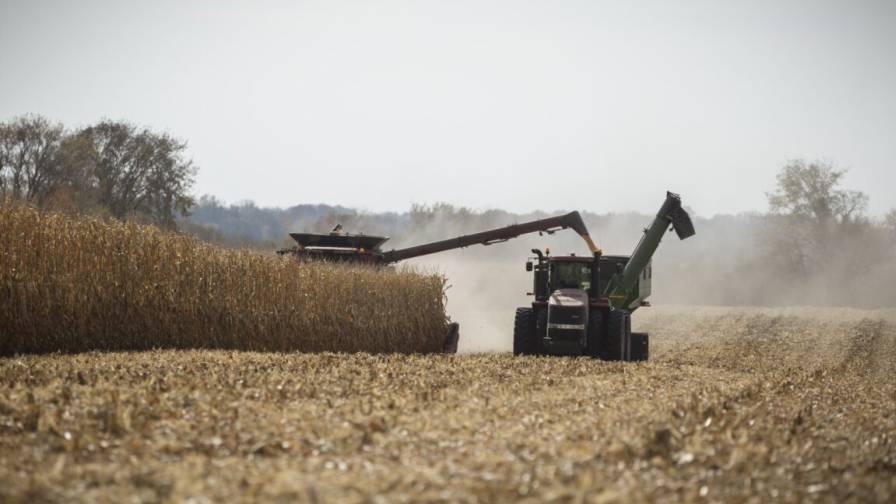The Resurgence Of Crop Protection
As I write this column, we are busily putting together the 2014 CropLife 100 ag retail survey. For the past three decades, this survey has formed the basis for much of the information presented in our end of the year edition and online, and it will be no different this year.
But this year, I feel like adding a kind of disclaimer regarding some of the likely data. When I first started working here almost 15 years ago, the largest category among crop input sales for ag retailers was crop protection. However, from those early days when the segment accounted for more than half of ag retail crop input sales, the percentage for crop protection products has largely been overshadowed in terms of growth by fertilizer and seed. As of the 2013 CropLife 100 figures, crop protection products held only a 29% share of all crop inputs/services sales at the ag retail level.
And as most market analysts will tell you, the reason for this steady decline ties back to a single active ingredient – glyphosate. When glyphosate-resistant crops came onto the market back in the mid-1990s, the myriad crop protection brands traditionally used to control weeds narrowed down to a handful instead.
However, in recent years, glyphosate-tolerant crops have been plagued by a host of glyphosate-tolerant weeds. Today, ag retailers and grower-customers are once again using active ingredients, both old and new, to take back some of the thousands of acres of cropland infested with hard-to-kill weeds.
Looking back to the CropLife 100, I’m almost certain that the 2014 version of the survey will show a continued decline in the numbers of crop protection products. But this won’t tell the entire story.
During many of my summer road trips, I happened to visit with numerous crop protection product makers. And almost universally, they are gearing up for plenty of market opportunities in the years ahead, with many new cropping systems featuring dicamba and 2,4-D coming in 2015. This will be followed by a host of new herbicides, insecticides and fungicides between 2015 and 2020.
So the message to me is crystal clear: The best days for crop protection products are still to come! Just wait and see.






